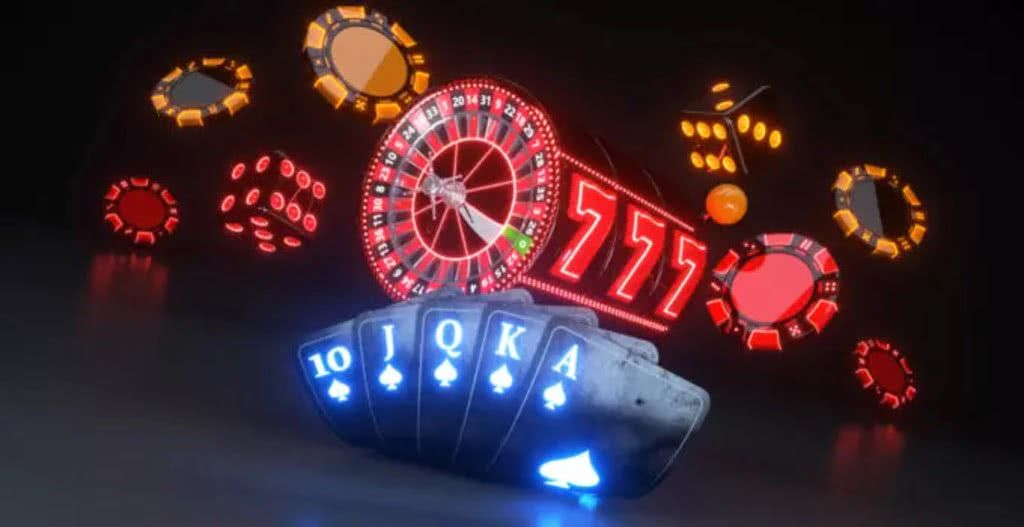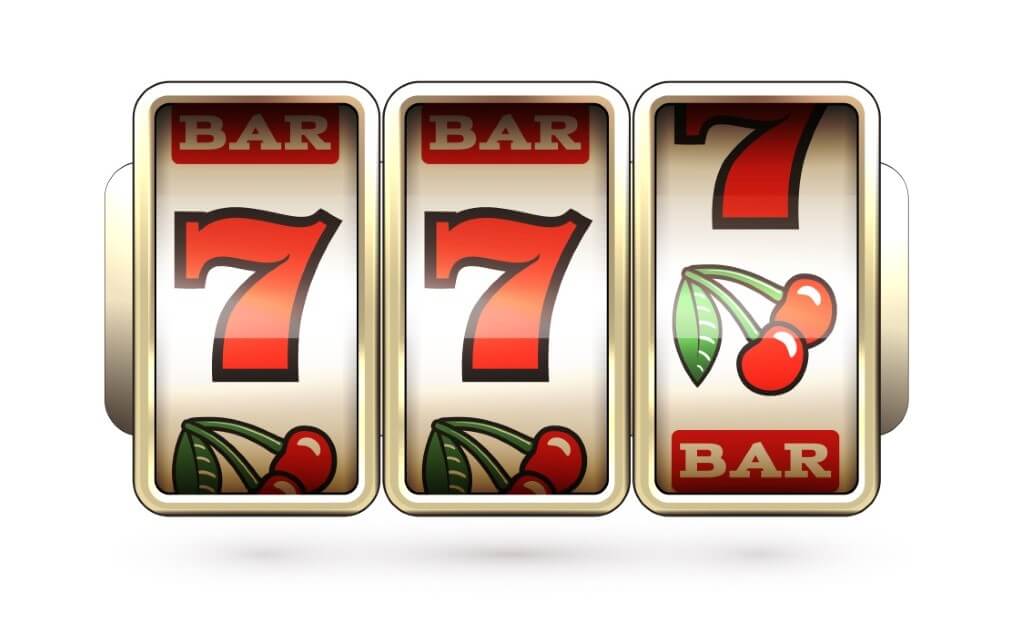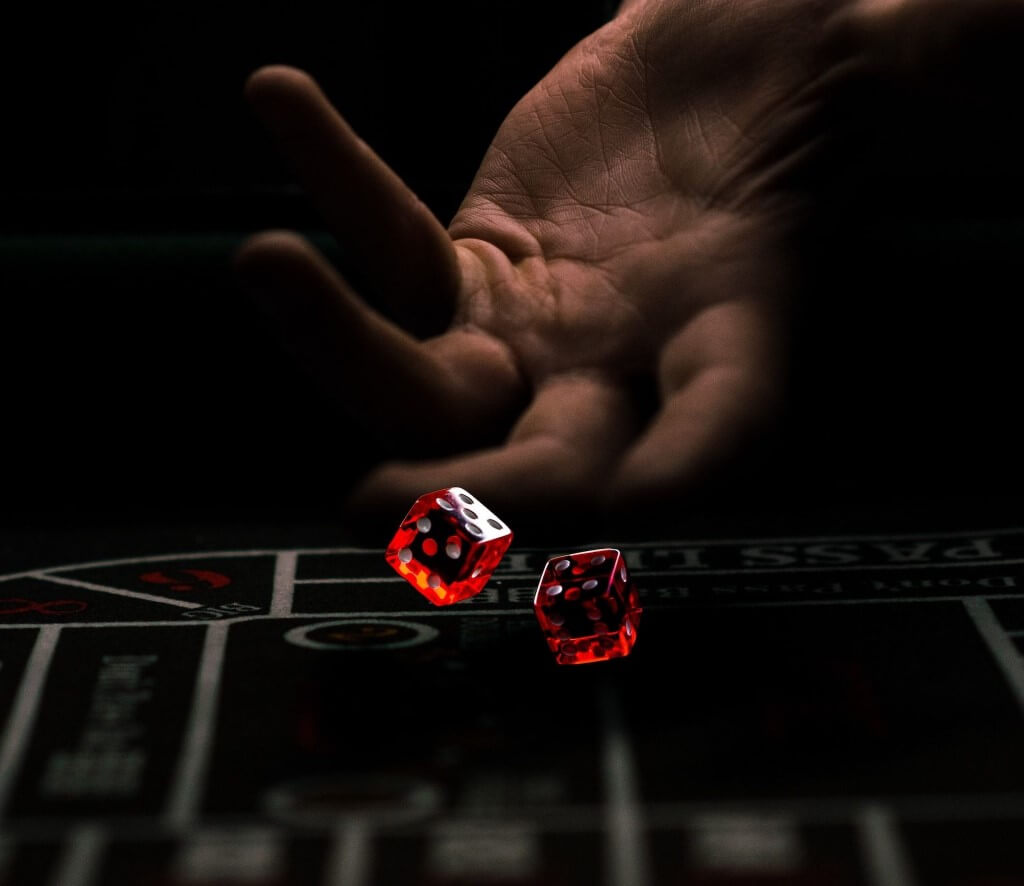- How Electric Guitars Redefined Music - November 13, 2023
- How to Identify a Reputable Mobile Casino in Five Simple Steps - October 18, 2022
- Gambling Can Provide Inspiration for Poker and Other Arts - September 14, 2022
Poker has emerged as an important part of today’s popular culture and has become an essential part of our daily lives. Some movies are entirely about gambling, others include gambling scenes, a large number of television shows, and music videos feature characters playing poker with friends or at casinos, and there are even words and phrases that are commonly used in everyday conversation that have their origins in poker.
Poker is also prominently featured in many works of art, ranging from Americana masterpieces from the mid-twentieth century to pop art, as well as works from the Renaissance to more contemporary works from the twenty-first century.
“Dogs Playing Poker,” Coolidge explained
Cassius Marcellus Coolidge’s artwork titled “Dogs Playing Poker” is arguably one of the most well-known pieces that feature poker. Coolidge painted a series of 18 of them in the late 1800s and early 1900s, beginning with the original in 1894 and continuing with subsequent commissions from Brown and Bigelow to advertise cigars, with the last painting completed in 1910.
Never considered “real art” in the same way that Da Vinci’s Mona Lisa or anything by Van Gogh (who, incidentally, was not appreciated during his lifetime either), these iconic paintings of dogs playing poker have been referenced by popular television shows such as The Simpsons and Cheers, and they have even appeared on mugs, shorts, and, amusingly, playing cards. The original painting in the series was sold at Sotheby’s in New York in 2015 for a whopping US$658,000. This is a hefty sum given how popular art depicting poker has become, particularly among online poker players.
This painting has spawned numerous imitators, including Corgis playing poker, Poker Cats, and even a depiction of Noah’s Ark’s animals playing poker!
Cardsharps by Caravaggio
Cardsharps was Caravaggio’s first painting after leaving the workshop of Cavaliere Giuseppe Cesare d’Arpino, and it marked a watershed moment in the artist’s career. The painting “Cardsharps,” completed in 1594, depicts two young boys playing cards, one of whom has extra cards tucked into his belt behind his back, and an older man looking menacingly over his opponent’s shoulder.
Cardinal Francesco del Monte, who later became Caravaggio’s first patron, purchased the painting. Caravaggio’s first patron may have been Cardinal Francesco del Monte, because of the style, use of light, and color, rather than the depiction of a gambling scene. The painting has been on display at the Kimbell Art Museum in Texas since the late 1980s, after being missing for more than a century. It had previously been owned by several different people.
Munch on Something at the Roulette Table
Munch, best known for his painting “The Scream,” found inspiration during his time in Nice and on his frequent visits to the Monte Carlo casino. It was painted in 1892, when the casino had just opened and was at the height of exclusivity and sophistication, and is a departure from Munch’s traditional style, which depicts raw and painful emotions.
There is evidence that Edvard Munch spent a significant amount of time in the Monte Carlo casino with some of Europe’s most powerful men. This was an unusual place for an artist to spend time in the late 1800s, but there is evidence that it happened. The painting reveals the strong emotions he felt while spinning the roulette wheel, and Munch’s deft and light touch manages to convey movement and drama in a static image.
Cézanne’s The Card Players
Cezanne’s series of paintings depicting Provence peasants relaxing after work in bars with playing cards datesdate from the same period as Munch’s, but Cezanne approached the subject from a completely different perspective. The series consists of five paintings, each of which differs in size, several players, and the environment in which the game is played.
Cezanne adapted a widely held stereotype from 17th-century Dutch and French schools, which had always depicted card games with rowdy drunks in taverns. Cezanne depicted his peasants playing quietly with their eyes upturned, rather than with their eyes downturned and fully focused on the game at hand. The absence of money and drink, both of which are common in the gambling world, distinguishes the two players’ paintings and reveals a different side of the players who were present at the time.
The smallest of the five paintings is housed in the Musee d’Orsay in Paris, and it is widely regarded as the most famous. It has been commemorated on a set of postage stamps in the aftermath of the theft of eight of Cezanne’s paintings (including this one). One of the works of art was also purchased by the Royal Family of Qatar, who paid between $250 million and US$320 million for it.
The Beraud Casino is located in Monte Carlo
Beraud was a Russian-born French painter. During the Belle Epoque, he was well-known for his depictions of Parisian life. Even though art historians largely ignore him, he was well-liked in France and frequently painted humorous depictions of everyday scenes, as well as inserting biblical characters into contemporary settings.
He painted the Casino at Monte Carlo in 1890, and it depicts a large roulette table with men and women sitting down to play, as well as plenty of movement at the sides of the painting, which brings the scene to life. Despite being one of the less well-known depictions of gambling, it has gained popularity, and reproductions of the work are easily obtained via the internet.
Wilkerson is the Queen of the Slot Machines
Wilkerson’s depiction of an elderly lady playing the slots embodies everything kitsch, bright, and brash, mirroring the subject matter in a sublime to ridiculous way. The presence of a cat and a glass of wine, as well as cat-eye glasses and dice earrings, conveys the message that the casino should not be taken too seriously and that visitors should instead have fun while they are there.







